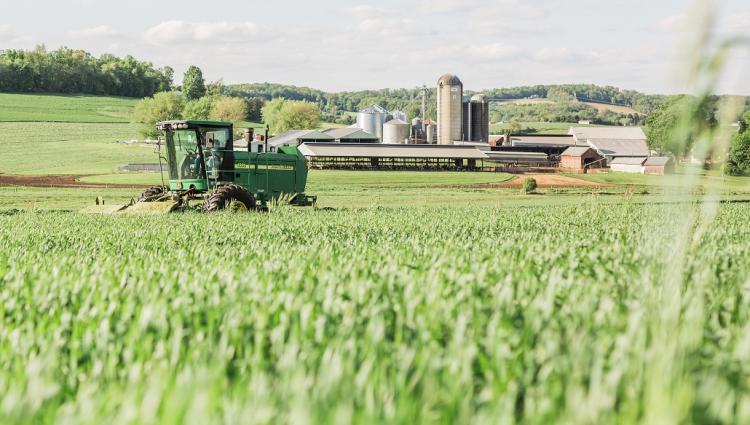Covering Your Bases: Safeguard Your Winter Grains with Crop Insurance

Chevy Martin, Crop Insurance Agent
When reflecting on my son’s first T-ball game this year, the only word that comes to mind is "chaos." Half of the team was chasing after a ball slowly dribbling through the infield, while the other half was content playing in the dirt. The scene elicited laughter from every parent and grandparent, regardless of which team they supported. The young players were clearly having fun, but they had little understanding of where to stand or run. For them, covering the bases wasn't a priority (and with no one getting called out, it didn't need to be!).
In contrast, succeeding in agriculture is far from fun and games. Covering all your bases is essential. For anyone involved in production agriculture, one of the critical bases to cover is risk management. Much of the Mid-Atlantic region has faced significant drought this summer, and the impacts are expected to be evident during the fall harvest. With the right coverage, you can ensure that your finances will support the crucial operations needed to keep your farm running.
Looking ahead, beyond the fall harvest for corn and soybeans, it's important to consider the crops that will be planted next: winter wheat and barley. These small grains play a vital role in many diverse farm operations, yet they are often overlooked in risk management strategies. As input costs continue to rise and the grain markets grow more volatile due to global events, the importance of safeguarding your crops cannot be overstated. Weather patterns are shifting, and extreme conditions are becoming increasingly common. Now more than ever, it's crucial to assess and address the risks associated with every aspect of your operation. This fall, be sure to connect with your agent to get a quote for a new policy or to review your existing coverage to ensure it meets your current needs.
A wheat or barley policy can provide protection from various risks, including:
- Hail
- Frost/Freeze
- Excessive Moisture
- Wind
- Drought
- Naturally occurring fire
- Insects and Plant Disease
- Wildlife damage
- Quality loss from Vomitoxin
- Changes in harvest price from the projected price
The deadline to make changes to your wheat and barley policy is rapidly approaching. Be sure to speak with a crop insurance agent before September 30th to ensure all your bases are covered!